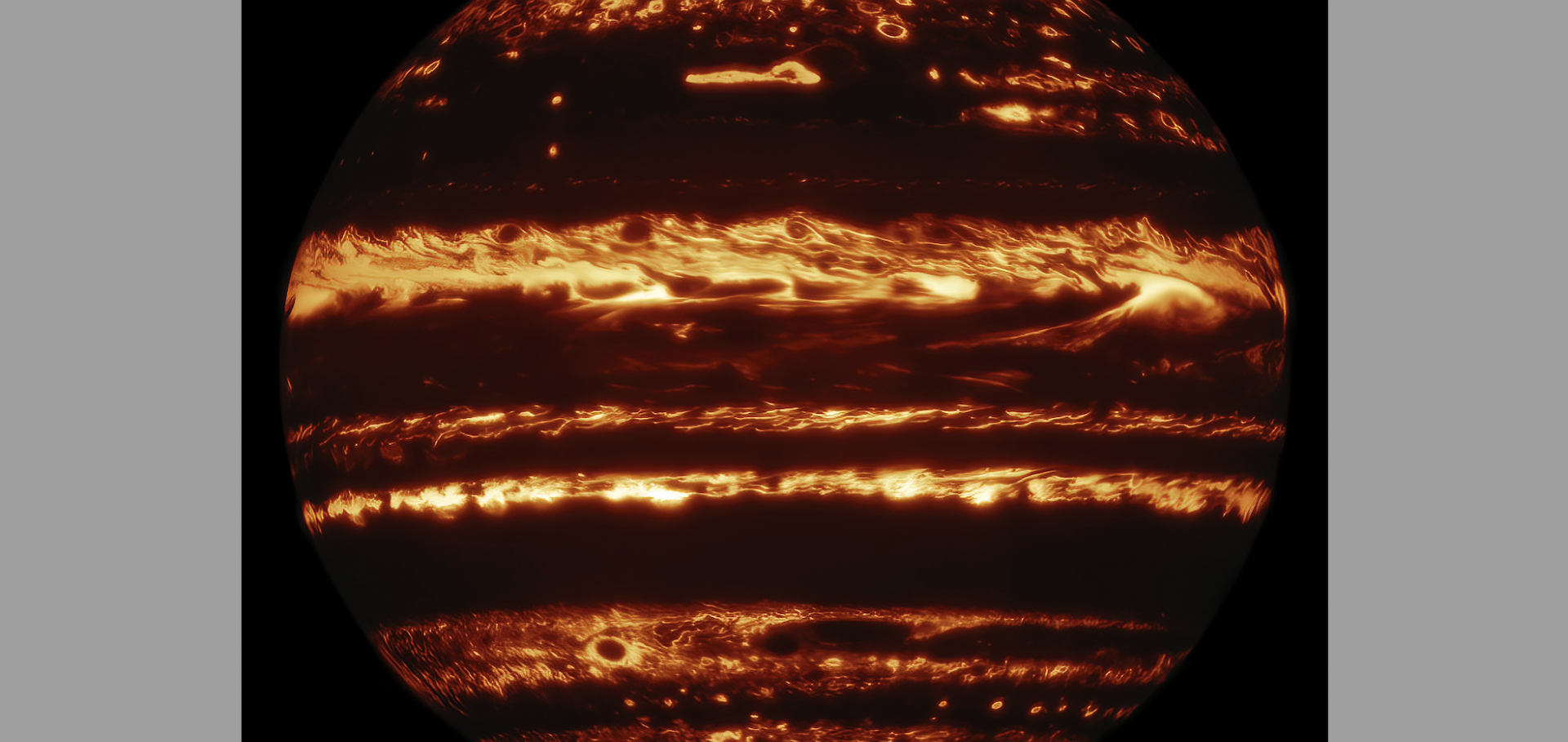Photochemical Hazes Dramatically Alter Temperature Structure and Atmospheric Circulation in 3D Simulations of Hot Jupiters
The Astrophysical Journal American Astronomical Society 951:2 (2023) 117
Dynamically coupled kinetic chemistry in brown dwarf atmospheres – I. Performing global scale kinetic modelling
Monthly Notices of the Royal Astronomical Society Oxford University Press (OUP) 523:3 (2023) 4477-4491
Hotter than Expected: Hubble Space Telescope (HST)/WFC3 Phase-resolved Spectroscopy of a Rare Irradiated Brown Dwarf with Strong Internal Heat Flux
The Astrophysical Journal American Astronomical Society 948:2 (2023) 129
A mini-chemical scheme with net reactions for 3D general circulation models
Astronomy & Astrophysics EDP Sciences 672 (2023) a110
Early Release Science of the exoplanet WASP-39b with JWST NIRISS
Nature Springer Nature 614:7949 (2023) 670-675


